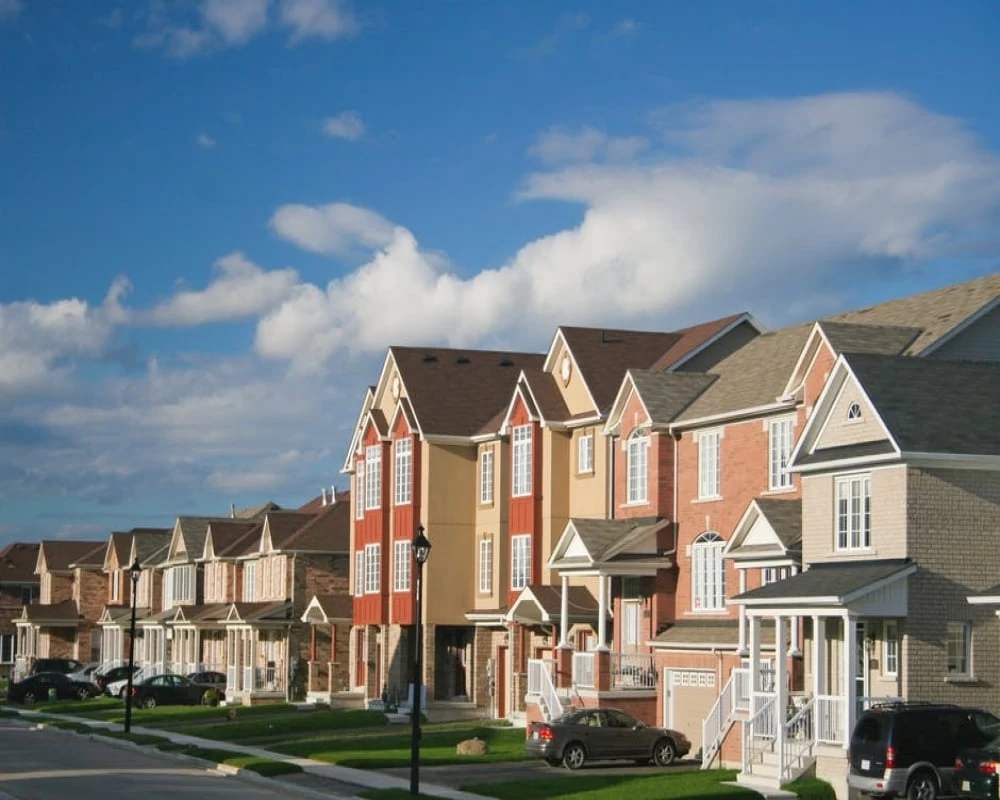Take Heed of These 5 Things When Buying Property in France as a Foreigner

With delightful sights and enticing cuisine, it's no wonder France is at the top of the list for many tourists. And not only tourists, people who are banking on profiting from these fascinations are snapping up properties fast too. France also boasts collections from masters of both modern and contemporary art.
However, if you're looking to buy a home in France as a foreign investor, don't be distracted by the sights. It's easy to be carried away by the beaches of Riveira, wandering through the battlefields of Normandy or viewing castles along the French countryside. You will need to focus your efforts on getting the deal done right. Let’s consider some stats on French property prices.
Facts about property prices in France
Prices are competitive and mortgage rates are currently low in France, according to Notaires de France. In the past year, over 900,000 properties have changed hands. Even though a surprisingly large number of these properties (90%) were bought by people looking to live in, rather than let. For investors, this means there hasn't been a property bubble and this might just be the right time to buy a house in France. Price is increasing steadily. Notaires de France estimated a year on year increase of 1.2% in property prices by August of this year and a jump of 4% in property prices by the end of the year.
What to know when buying property in France
Although the process of buying property in France is fairly straightforward, here are some things you need to know:
1. You're not required to hire a solicitor. As a general rule, buying property in France must proceed without an advocator or solicitor. It can't be delegated. So you have to travel and spend time and effort on acquiring the property. Although property buying and land registration in France are secure, you need to have your wits about you.
2. You should learn French. If buying a house in France, you should know French or at least hire a translator. Trying to infer what the other person is saying will only give you a false sense of security. On the other hand, a knowledge of the language will bolster your confidence.
3. The notaire will not verify everything. The notaire may not be able to tell you if the property would give good ROI or what liens are currently on the property. There is room for you to do your own research about the property and about prices in that neighborhood. It's also advisable to get a specialist property lawyer.
4. Estate agents mostly act for the seller. Take care to read through any written offer. Make sure that the content of the offer are subject to a written sales and purchase offer. Also make sure you read through the content of the sales and purchase offer prepared by the agent to ensure equity. As with buying property anywhere, take your time before signing on the dotted line.
5. Local mortgages can be favorable. You might want to consider buying with a French mortgage as mortgages in France are relatively cheap. If you'll be seeking a mortgage, it's important you throw in a conditional clause in the sale contract.
In conclusion, having your own notaire is advisable. Don't expect the notaire working for both seller and buyer to seek your best interest.




